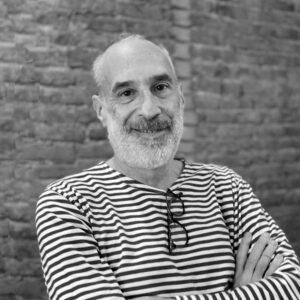WATCH: Virginia Teen Answers, ‘Did Life on Earth Originate From Outer Space?’
18-year-old David Lu Cao created a mathematical model to explain what objects in space had to do with seeding life on Earth.
This video is a part of our ongoing STEM Superstars series. Meet all of the young trailblazers here.
Ever since he was an elementary schooler, David Lu Cao, now a high school senior, was always fascinated by the question, “How did life on Earth begin?”
That’s when his father bought him a telescope for his birthday. Seeing the planets and distant objects “was a pivotal moment,” said Cao, an 18-year-old student at Thomas Jefferson High School for Science and Technology in Alexandria, Virginia.
In 2017, astronomers discovered the first space rock, named ‘Oumuamua, originating from another solar system.
“This mysterious asteroid or comet got me thinking about the possibility that similar objects may have spread life across our universe,” he said. In other words, could life on Earth have been started by these objects?
This process, called Panspermia, is one of the theories of the origins of life on Earth. It posits that single-celled organisms — or the building blocks of life — could survive for billions of years inside these objects and seed the earth with life.
Cao created a mathematical model, and used data about the quantity of these objects over a given period of time and space.
He discovered that there’s a 0.001% chance of Panspermia being responsible for life on earth.
“However, given that there are billions of habitable exoplanets in our galaxy alone….this number is actually not too small,” he said.
Cao hopes to one day work for NASA or other organizations like Space X “to take humanity to new heights,” he said.
Get stories like these delivered straight to your inbox. Sign up for The 74 Newsletter

